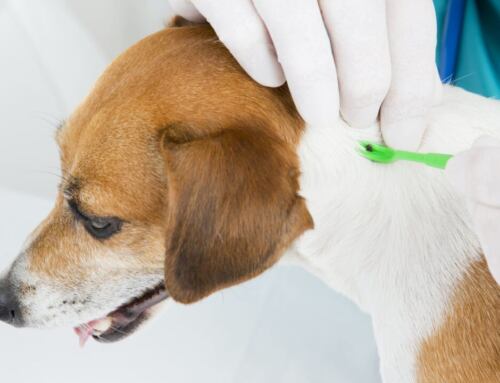Just like in humans, excess weight in dogs can lead to a myriad of health issues, including but not limited to diabetes, heart disease, and joint problems. Thankfully, there are measures that dog owners can take to ensure that their pooch sheds the pounds and leads a happier, healthier life.
Canine Obesity Causes and Risks
Causes of Canine Obesity
The journey to a healthier weight for your dog begins with understanding the root causes of their weight gain. Overfeeding is the most common culprit, where the love we have for our pets translates into extra treats and larger meal portions than necessary. Lack of exercise compounds the problem, as sedentary pets burn fewer calories.
Additionally, certain medical conditions, such as hypothyroidism, can predispose dogs to obesity by slowing their metabolism. Recognizing these factors is the first step in reversing the trend.
Risks of Canine Obesity
Obesity in dogs is not just a cosmetic issue; it’s a serious health concern. Excess weight puts additional strain on the heart, lungs, and joints, leading to a reduced quality of life and potentially shortening your dog’s lifespan.
Conditions such as diabetes, heart disease, and an increased risk of joint problems, including arthritis, are more common in overweight dogs. Understanding these risks is crucial for motivating pet owners to take action.
Assessing Your Dog’s Weight
Body Condition Score (BCS)
Before embarking on a weight loss journey, it’s essential to accurately assess your dog’s weight. The Body Condition Score (BCS) is a useful tool for this, offering a visual and tactile method to determine if your pet is underweight, at a healthy weight, or overweight. This scoring system evaluates the amount of fat over the ribs and waist visibility from above and the side. Knowing your dog’s BCS will help you set realistic weight loss goals.
Consulting a Veterinarian
Every dog is unique, and what works for one may not work for another. This is why consulting a veterinarian is critical. A vet can provide a professional assessment of your dog’s health, rule out underlying medical conditions contributing to weight gain, and help create a customised weight loss plan. For example, if you are a dog owner or breeder of a large breed dog like Border Collies or Labradors, partnering with a Vet is vital for your pets health.
Creating a Weight Loss Plan
Dietary Changes
Reducing calorie intake is fundamental in any weight loss plan, but it must be done without compromising nutrition. High-quality, nutrient-dense foods that are low in calories but high in fibre can help your dog feel full and satisfied. Portion control is also vital; feeding your dog the recommended amount of food for their target weight, not their current weight, can make a significant difference. Consulting with a vet or a veterinary nutritionist can provide guidance on the best food options and portion sizes for your dog’s needs.
Exercise Regimen
Exercise is equally important in helping your dog shed extra pounds. The type and amount of exercise should be tailored to your dog’s age, breed, and current fitness level. For example, starting with short walks and gradually increasing the duration and intensity can be a good approach for dogs not used to regular physical activity. Incorporating playtime, agility training, or swimming can also provide variety and make exercise enjoyable for both you and your dog.
Implementing the Plan
Gradual Changes
When introducing changes to your dog’s diet and exercise routine, it’s important to do so gradually. Sudden changes can cause stress and health issues, such as gastrointestinal upset. Start by slowly mixing the new food with the old, gradually increasing the proportion over a week or two. Similarly, gradually increase the intensity and duration of exercise to prevent injuries and ensure your dog adjusts well to the increased activity.
Monitoring Progress
Regularly monitoring your dog’s weight and body condition is essential to ensure the weight loss plan is effective. Weigh your dog every two weeks and adjust the diet and exercise plan as necessary based on their progress. Celebrate the milestones, no matter how small, to keep motivated.
Maintaining a Healthy Weight
Lifestyle Changes
Maintaining a healthy weight is a lifelong commitment that requires consistent exercise and a balanced diet. Establishing a routine for meals and exercise can help manage your dog’s weight in the long term. Avoid the temptation to overfeed and limit treats to no more than 10% of their daily calorie intake.
Engagement and Enrichment
Mental stimulation and engagement are also crucial for maintaining an active, healthy lifestyle for dogs. Interactive toys, training sessions, and socialisation opportunities can keep your dog mentally stimulated and physically active, helping prevent boredom and the associated overeating.
Conclusion
Managing your dog’s weight is a proactive journey that enhances their overall health and wellbeing. By understanding the causes and risks of obesity, assessing your dog’s weight, creating and implementing a tailored weight loss plan, and committing to long-term lifestyle changes, you can help your dog lead a healthier, more active life. Remember, weight management is a journey you embark on with your pet, filled with challenges but also rewarding moments as you see your dog become more energetic and happy.




